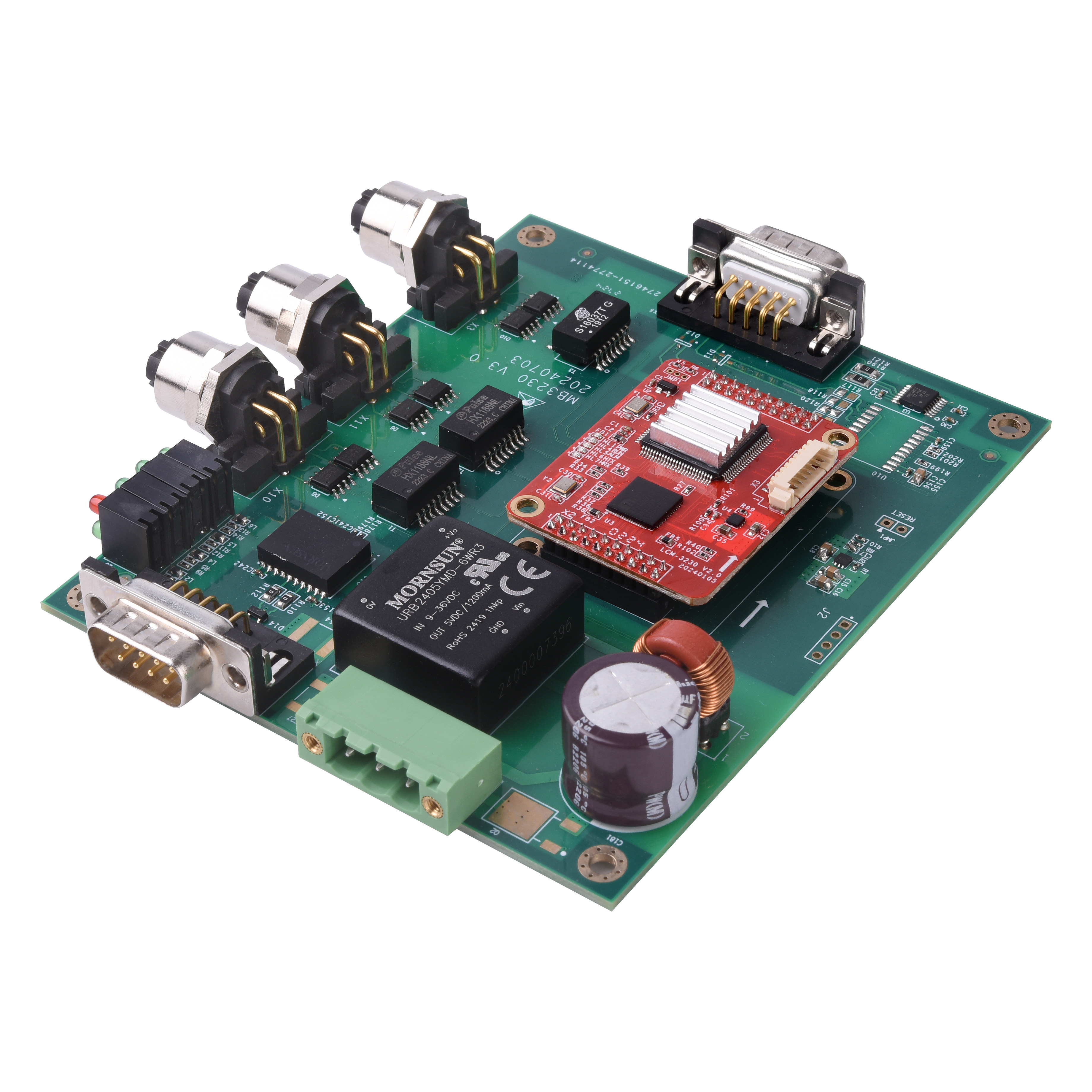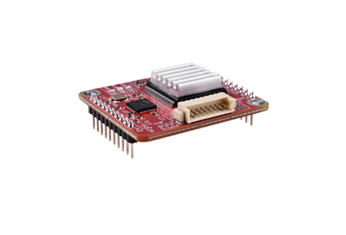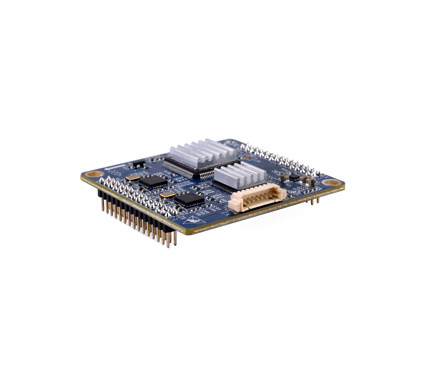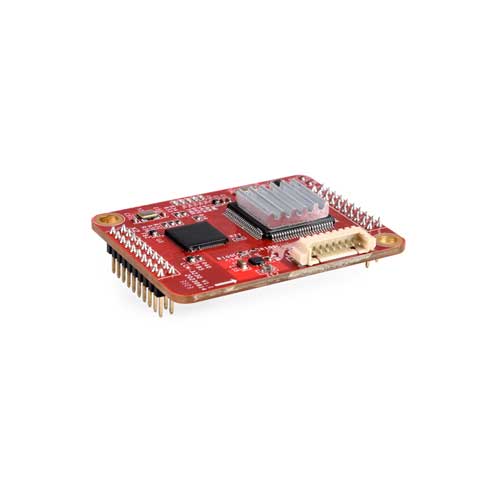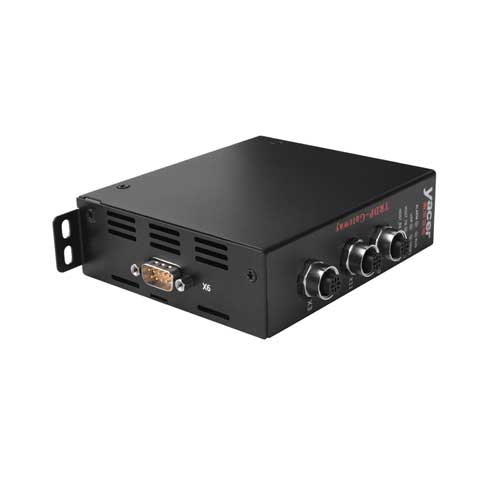In the global evolution toward intelligent railway systems, the Train Real-time Data Protocol (TRDP) has emerged as a mature, industry-standard backbone, redefining train communication paradigms. Deployed in critical infrastructure from Germany’s Berlin U-Bahn to Japan’s Shinkansen bullet trains, TRDP’s proven Ethernet-based architecture delivers sub-50-millisecond latency in train control systems—a threefold improvement over legacy MVB protocols. This millisecond-level precision underpins autonomous driving and active safety systems, cementing TRDP’s status as the de facto standard in the European Union’s “Next Generation Train” program and other flagship railway modernization initiatives worldwide.
The protocol’s maturity is underscored by its technological neutrality and open-source framework. Unlike proprietary alternatives, TRDP’s standardized architecture enables seamless interoperability between systems from Siemens, Bombardier, and other industry leaders. Deutsche Bahn’s integration of multi-vendor traction and signaling systems via TRDP’s modular configuration has slashed lifecycle costs by 40%, while maintaining 99.999% reliability—a benchmark unmatched by closed-ecosystem protocols like TSN, which remain constrained by vendor lock-in and higher deployment expenses.
Global railway operators have increasingly standardized on TRDP, with 78% of new European rolling stock contracts specifying TRDP compliance since 2021, according to the International Union of Railways (UIC). In Asia, China’s CRRC and Japan’s Hitachi have embedded TRDP into 85% of their high-speed train exports since 2022, while North American agencies like Amtrak are retrofitting legacy fleets with TRDP-compatible systems to bridge interoperability gaps. This widespread adoption reflects TRDP’s dominance in addressing the industry’s dual demand for real-time performance and scalability.
Yet geopolitical fragmentation persists. The U.S.-led TSN-5G coalition and the EU’s TRDP mandate have created a de facto “bimodal” standard environment, complicating cross-border projects. Emerging markets like India and Brazil, caught between competing technical regimes, risk project delays and cost overruns. To resolve this, the Open Train Communication Alliance—a consortium of 17 nations’ rail operators and manufacturers—is accelerating TRDP’s global harmonization through open-source toolkits and certification programs. Their efforts have already enabled interoperability in 14 multinational railway tenders, including India’s $5 billion Delhi-Meerut RRTS project.
As the railway industry hurtles toward a zero-emission, autonomous future, TRDP’s maturity as a vendor-agnostic, high-performance standard positions it as the linchpin for global rail modernization. The protocol’s ability to unify fragmented ecosystems will determine whether the world’s rail networks evolve as interconnected digital infrastructures or remain siloed by proprietary interests. For nations prioritizing cost-efficient, future-proof rail upgrades, TRDP is no longer an option—it is the technological foundation for the next century of rail.

